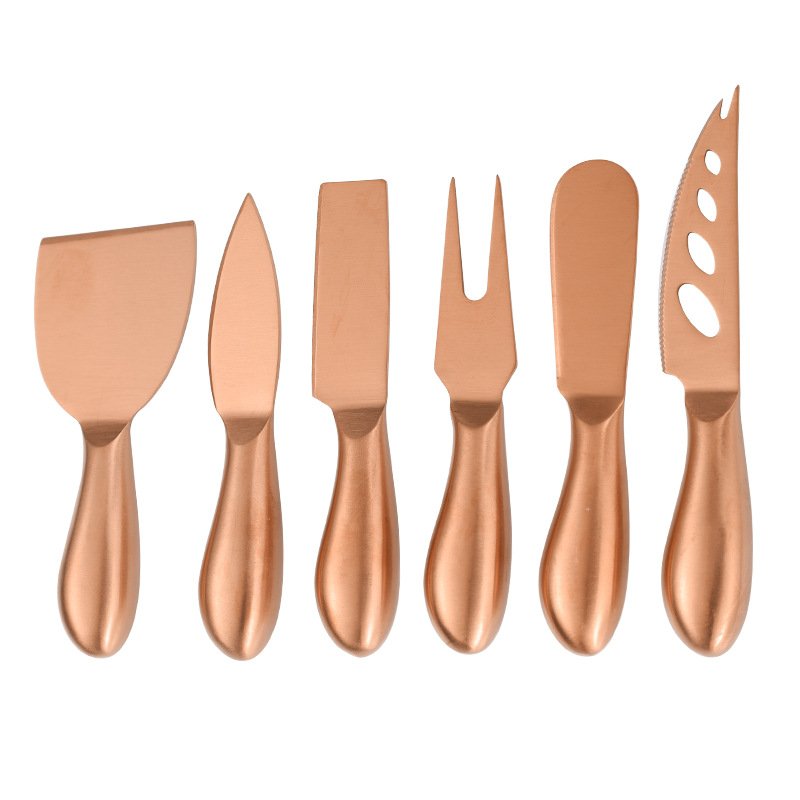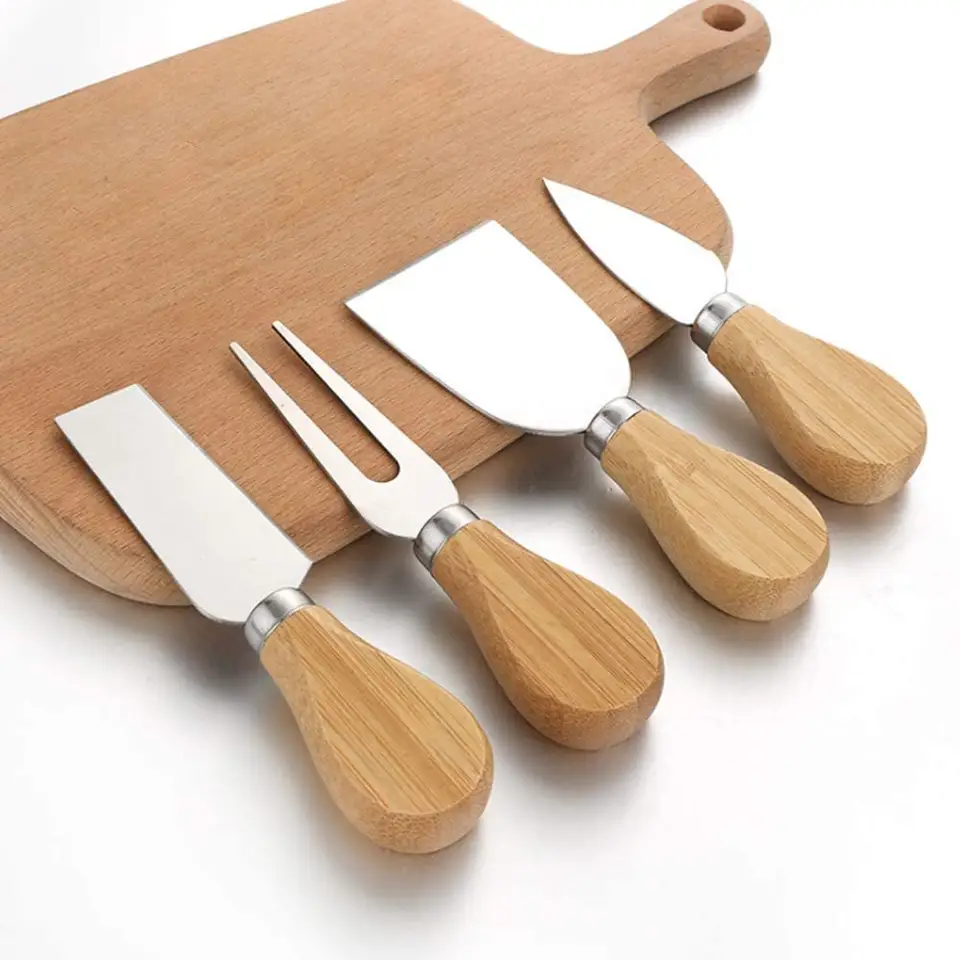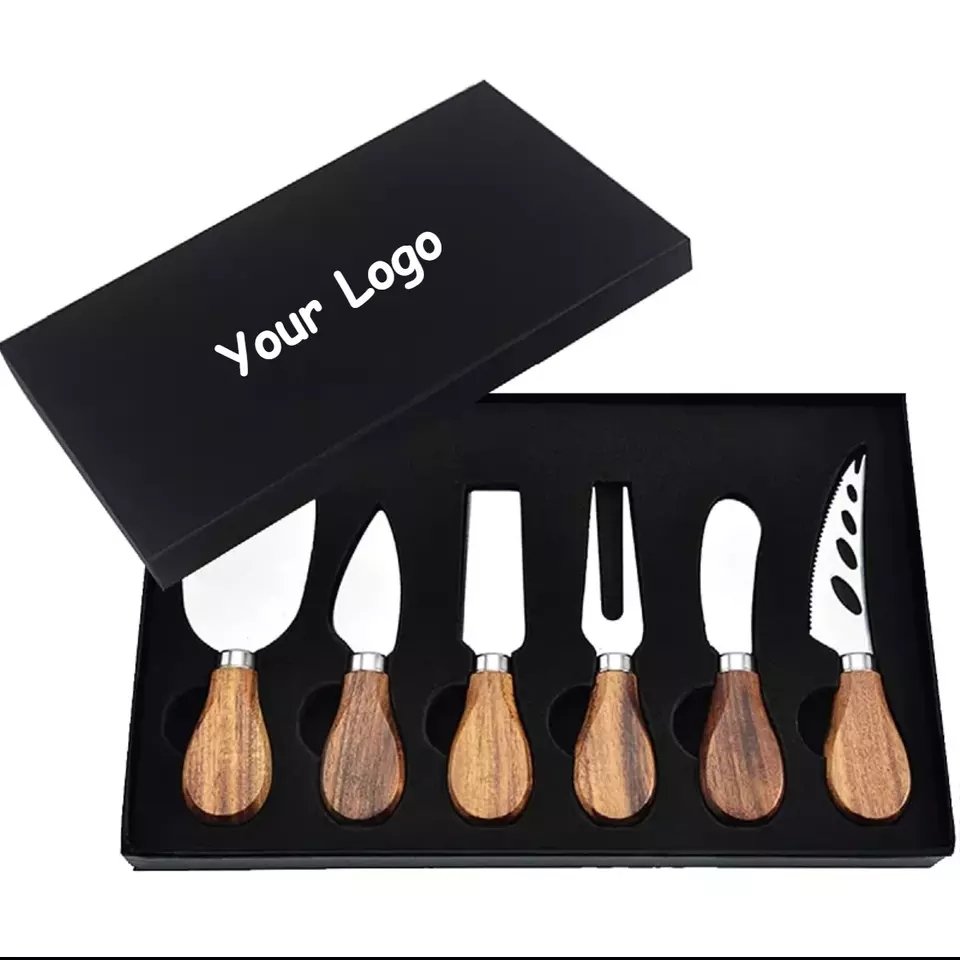If you’re producing kitchen tools, choosing the right material can make or break your success.
Stainless steel measuring spoons are better for long-term durability, precision, and manufacturing consistency, while plastic options are cheaper and lighter. Each has pros and cons.
If you’re trying to decide between stainless steel and plastic measuring spoons, you’re not alone. I’ve been through this dilemma many times when designing products or advising clients. Let’s break it down together in a way that helps you move forward confidently.
Table of Contents
Are plastic or stainless steel measuring spoons better?
Choosing between plastic and stainless steel spoons seems simple—until you dive into cost, durability, and production details.
Stainless steel measuring spoons are usually better because they last longer, hold shape, and feel premium—especially for brands that want to reflect quality.
How should I compare plastic and stainless steel spoons for manufacturing?
When I help clients select between plastic and stainless steel spoons, I always ask three questions:
– What’s your brand image?
– Who’s your customer?
– What does your production line look like?
📌 Durability
Stainless steel wins hands down. Plastic may crack, melt, or warp. Metal spoons hold up under pressure and last longer in daily use.
| Feature | Stainless Steel | Plastic |
|---|---|---|
| Breakage resistance | High | Low |
| Heat resistance | Excellent | Poor to fair |
| Life span | 5–10+ years | 1–3 years |
📌 Precision
Plastic spoons deform over time. This changes their capacity and affects recipe accuracy. Stainless steel spoons are rigid, so they maintain volume better.
📌 Manufacturing Impact
If your factory has injection molding setups, plastic may be cheaper. But if your facility supports stamping and welding, stainless steel could be more efficient long-term.
📌 Branding
Metal spoons scream premium. They’re heavier, shinier, and feel reliable in hand. If you’re building a high-end brand, go with stainless steel.
My take?
I used to lean toward plastic when targeting price-sensitive markets. But now, most of my clients want lasting value. Stainless steel spoons align with those values better. They also result in fewer returns and better reviews.

What is the best material for measuring cups and spoons?
Not all stainless steels are the same, and plastic comes in many forms. The answer lies in purpose and user expectations.
For professional kitchens and premium brands, 18/8 stainless steel is best. For lightweight, colorful products, BPA-free PP or ABS plastic works.
What exactly makes a material “best” for measuring tools?
Let’s think about the users: Are they casual home cooks or professional chefs? Do they need to throw spoons in the dishwasher every day? Do they measure sticky ingredients like honey or just dry flour?
✅ Performance in the kitchen
| Material | Pros | Cons |
|---|---|---|
| 18/8 SS | Anti-rust, dishwasher-safe, sturdy | Heavier, costlier |
| ABS Plastic | Lightweight, colorful, food-safe | Can warp, scratches easily |
| Silicone | Flexible, easy to scoop | Too soft for precise measuring |
| Bamboo/wood | Natural look, sustainable feel | Absorbs moisture, not dishwasher-safe |
✅ What works in real use?
Personally, I’ve tested hundreds of samples over the years. Plastic ones tend to absorb odors. After a few months, they feel greasy. Stainless steel? Still solid, still shiny. Especially after repeated dishwasher use.
✅ Cost matters too
Don’t overlook tooling and unit cost. Stainless steel has higher setup costs but lower returns. If you’re thinking long-term, it pays off.
What is usually made of stainless or plastic used for measuring dry ingredients?
Dry ingredients—flour, sugar, cocoa—have specific needs. The material affects how easily they scoop, level, and stay clean.
Both materials are used for dry ingredient measuring tools. Stainless steel offers higher accuracy and longevity, while plastic is cheaper and colorful.
Why does the material choice matter more for dry ingredients?
Dry ingredients need precision. A 1-teaspoon variation in baking can ruin results. Also, dry ingredients cling. The material’s surface finish affects usability.
🧁 Dry ingredient behavior and spoon material
| Consideration | Stainless Steel | Plastic |
|---|---|---|
| Static cling | Less (smoother finish) | More (especially powdered items) |
| Ease of leveling | Easy with flat edge | Depends on plastic mold quality |
| Long-term accuracy | Consistent | Deforms over time |
🧠 From my client cases
One German client, focused on baking tools, switched from ABS plastic to stainless steel. Returns dropped 60%, and their 5-star reviews jumped. Customers loved the sharp edges and solid feel.
Plastic still works for budget lines, though. Just make sure you choose food-grade, BPA-free materials.
Who makes the best measuring spoons?
The market is full of options. But not all “best” products are equal—especially in bulk manufacturing.
The best measuring spoons are made by factories that control raw materials, have skilled QC teams, and offer custom design flexibility.
What makes a measuring spoon manufacturer stand out?
It’s not just shiny catalogs or cheap prices. I’ve worked with dozens of factories in China, and the best ones all share five traits:
🛠️ Factory capability checklist
| Factor | Importance Level | Why It Matters |
|---|---|---|
| In-house mold design | High | Faster prototyping, custom fit |
| Material sourcing transparency | High | Avoids low-quality or recycled materials |
| Skilled workers | Medium | Ensures consistency across batches |
| Automated polishing | High | Smooth finish, uniform surface |
| Packaging flexibility | Medium | Helps with branding and presentation |

🧪 Don't forget food-grade testing
Always ask for FDA, LFGB, or EU certifications. Good factories are proud to show them.
When I visit supplier factories, I check their polishing room first. A smooth finish equals easier cleaning and longer life. Trust me, the small things tell you a lot.
What are the cons of metal spoons?
Even though stainless steel spoons are great, they’re not perfect.
Metal spoons can be heavier, louder, more expensive, and not microwave-safe. These downsides affect packaging, logistics, and end-user experience.
Let’s be honest about the drawbacks of stainless steel
I believe in transparency. That’s how I build trust with my customers. So here are some downsides I always mention.
⚠️ Where metal falls short
| Con | Explanation |
|---|---|
| Cost | Higher raw material and processing cost |
| Weight | Increases shipping costs |
| Sound | Noisy on ceramic or glass |
| Sharp edges | Can damage soft containers |
| Heat conductivity | Gets hot if left near the stove |
When do these cons matter?
| Material | Health Concern | Fact Check |
|---|---|---|
| 18/8 Stainless Steel | Nickel leaching | Very low in food-grade steel |
| ABS Plastic | BPA, microplastics | BPA-free plastic is safe if certified |
| Silicone | Fillers or plasticizers | Only use FDA or LFGB-certified silicone |
That said, many of these cons can be minimized with smart design. Thinner gauge steel, rounded edges, and polished finishes help a lot.
What is the healthiest material for spoons?
Health concerns are real—especially with materials that touch food every day.
The healthiest materials are food-grade stainless steel and BPA-free plastics, tested for safety and compliance.
Let’s talk safety and health
Some customers ask if nickel in stainless steel is bad. Others worry about microplastics in plastic spoons.
🧬 Common health concerns
| Material | Health Concern | Fact Check |
|---|---|---|
| 18/8 Stainless Steel | Nickel leaching | Very low in food-grade steel |
| ABS Plastic | BPA, microplastics | BPA-free plastic is safe if certified |
| Silicone | Fillers or plasticizers | Only use FDA or LFGB-certified silicone |
I’ve had clients receive poor reviews because of spoon odor or peeling paint. These issues stem from bad materials or coatings.
Always choose certified raw materials. That’s what I do when we develop new molds or OEM products. It avoids headaches later.
Are plastic spoons better than metal?
Depends who you ask. For kids or outdoor use? Maybe. For precision baking or premium gifting? Probably not.
Plastic spoons are better in terms of weight, flexibility, and color options. Metal spoons win in durability, accuracy, and appearance.
Which material works best for your target market?
I usually recommend plastic spoons for:
– Kids’ kitchen sets
– Camping or travel use
– Price-sensitive customers
Metal spoons are better for:
– Baking professionals
– Premium gift sets
– Long-term household use
🛒 My clients’ preference by product type
| Product Line | Preferred Material | Reason |
|---|---|---|
| Travel cooking sets | Plastic | Lightweight, less risk of damage |
| Wedding gift sets | Stainless Steel | Elegant look, premium feel |
| Budget retail line | Plastic | Cost-saving, colorful |
| Professional baking kit | Stainless Steel | Accuracy, strength |
What is the best material for eating spoons?
Measuring and eating are different tasks. Eating spoons go in the mouth, so feel and safety matter even more.
The best material for eating spoons is 18/10 stainless steel, known for smooth feel, corrosion resistance, and food safety.
Why eating spoons need special attention
When designing or choosing eating spoons, I always consider:
– Mouth feel: Is it smooth and rounded?
– Temperature: Does it heat up too fast?
– Allergies: Any nickel content?
🥄 Top eating spoon materials
| Material | Feel in Mouth | Safety Rating | Comments |
|---|---|---|---|
| 18/10 SS | Very smooth | Excellent | Best for everyday use |
| Plastic (PP/ABS) | Medium | Good | Can feel cheap or scratchy |
| Bamboo/wood | Soft | Medium | Natural but can absorb food |
| Titanium | Very smooth | Excellent | Lightweight, hypoallergenic |
I’ve worked with clients in Europe who demand nickel-free options. In those cases, we switch to titanium-coated or 304 stainless steel with special treatment.
Eating spoons must pass stricter standards than measuring tools. Always test samples and review lab reports.





